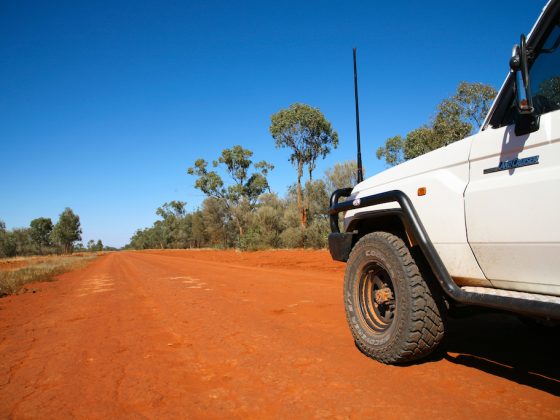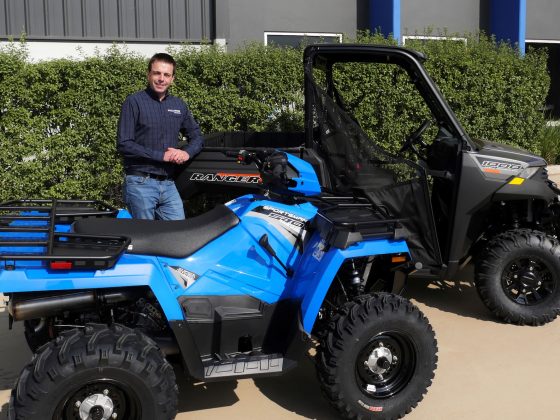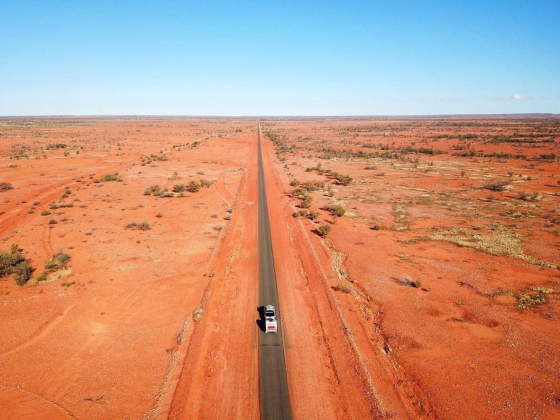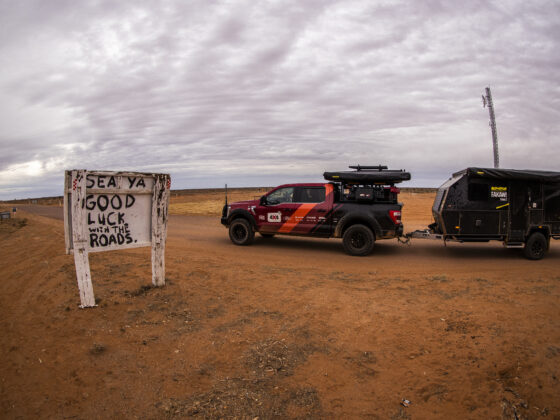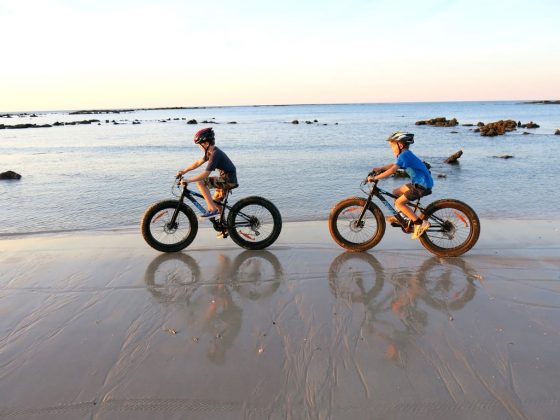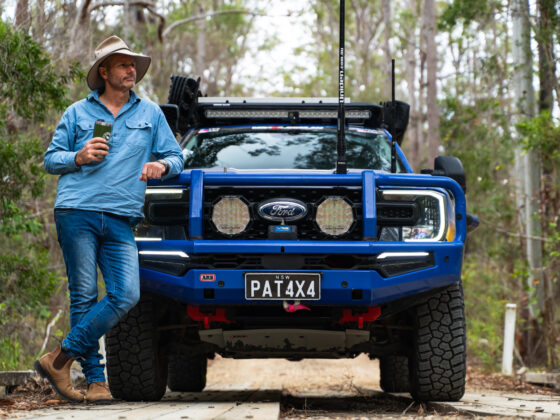What is hill descent control and is it better than engine braking? We explain how it works, when to use it and how.
Words by Robert Pepper: HDC has been around for over two decades, debuting with the Land Rover Freelander I back in 1997. At the time, most 4X4s were manual, and the classic technique to descend steep off-road gradients was to select first gear low range and then not brake, or brake minimally. The reason that worked, as opposed to putting the car in neutral and applying heavy braking, was because the car’s engine was trying to turn the wheels at a slow speed, as opposed to pure braking which is trying to stop them turning at all. When you lock a wheel by breaking it, you lose any hope of steering, and often the actual braking force is reduced.
But the Freelander presented a problem for Land Rover. It had no low-range gearing, and a small petrol engine which lacked compression, so engine braking was minimal. So Land Rover invented Hill Descent Control (HDC), which is a system that individually brakes all four wheels, so the vehicle maintains a set speed going downhill.
How does hill descent control work?
When the driver brakes a 4X4, the footbrake operates all four wheels at the same time, and there’s no way to change the proportion of braking power to each wheel. Cars are set up, so the front brakes are more powerful than the rear because when you slow a car there’s a weight shift to the front and away from the rear, which has the effect of reducing grip on the rear wheels and increasing grip on the front. Also, it’s much safer for a car to lock the front wheels and plough straight on than it is to lock the rears and spin.
But when a 4X4 descends a hill, there’s rarely equal traction across all four wheels, or any guarantee the fronts will have more traction than the rear, especially if reversing downhill.
Let’s say the front left loses a bit of traction, which may be due to a slippery patch, or just because it’s unweighted due to a bit of a ditch. If all four wheels are braked equally then that wheel will lock up which means steering control is reduced, so the driver has to maintain brake pressure equal to the amount the wheel with the lowest traction can handle. This means there’s a lot of unused braking power going to waste as the traction of the other wheels isn’t being fully utilised.
Hill Descent Control reduces the wasted braking potential by changing braking pressure to each wheel, which means each is then braked to its traction limit. The driver sets a descent speed, and the computers take care of the rest. The speed of the car is calculated from averaging the speeds of each of the four wheels. All HDC systems I have tested work in low forward and reverse gears.
Early HDC systems on the likes of the Freelander 1 and Discovery 2 were effective but clumsy. They had one set speed, which was pretty high at around 9km/h, reduced to 5.5km/h for the Freelander II. The braking was harsh and noisy, and any touch of the pedals instantly disengaged the system.
Modern HDC systems are a considerable improvement and are now more effective than human drivers. They work down to 2km/h, are smooth, braking is more precise and effective, and speed can be varied; for example, by using cruise control, gears, or simply accelerating or braking.
Like all electronic driving aids, HDC systems are known by various other names. Toyota calls it DAC, or Downhill Assist Control as an example, but almost all manufacturers now include it as standard in their 4X4s, whether they have low range or not. Manufacturers like Toyota and Land Rover now have a kind of all-terrain cruise control for uphill and downhill, called Crawl Control in the case of Toyota, and All Terrain Progress Control for Land Rover. These systems incorporate HDC.
HDC systems may not work in all gears and vehicle configurations. If fitted, they will definitely work in first low and reverse, but possibly not in high range. There will also be a speed limit; for example, the Ranger PX2’s limit is 40km/h in high or low range.
When and how do I use hill descent control?
Modern HDC systems are typically activated by pressing a button which shows the systems is active by means of a dash icon. In some vehicles with an adaptive terrain system, HDC may be activated automatically, for example when selecting Rock Crawl in Land Rovers. When active, the system does nothing until the vehicle descends a gradient, and the driver is off the pedals. It will then slow the vehicle to the speed selected, and even on modern systems, you’ll feel and hear it working. When the driver touches accelerator or brake, the system cancels and reactivates when the pedal is released. The speed can be varied – this maybe by using the cruise control, simply accelerating or decelerating, or using the gears…you’ll need to read your manual to find out how for your vehicle.
However, most of the time, it’s not worth bothering with HDC; select a low gear and ease down the hill, minimising braking. This applies to even quite steep gradients so long as you don’t look like losing traction, either through the slipperiness of the surface or because of undulations, so there’s uneven weight on the wheel. The harder the descent, the more you should use modern HDC, and in particular, it does a great job of car control on slippery descents, particularly in vehicles without low range. Enable it, select an appropriate gear, then select the speed you think appropriate, steer…and trust the vehicle. For vehicles with low range, you should always select low range for any form of descent because the less braking you, or HDC has to do, the better. Never use HDC with the gears in neutral. HDC doesn’t wear the brakes out any more than a human would unless you are descending in too high a gear.
Some vehicles allow a cross-axle differential lock to be engaged while using HDC. This can be beneficial in terrain where a wheel may lift, as then you won’t get a jerk forwards as engine braking is lost on that axle.
While HDC does work in reverse, I find it too fast to be useful in many situations. HDC should also not be used in sand as there is more than sufficient retardation from the soft sand itself.
This article first appeared in Pat Callinan’s 4X4 Adventures Issue 43.




